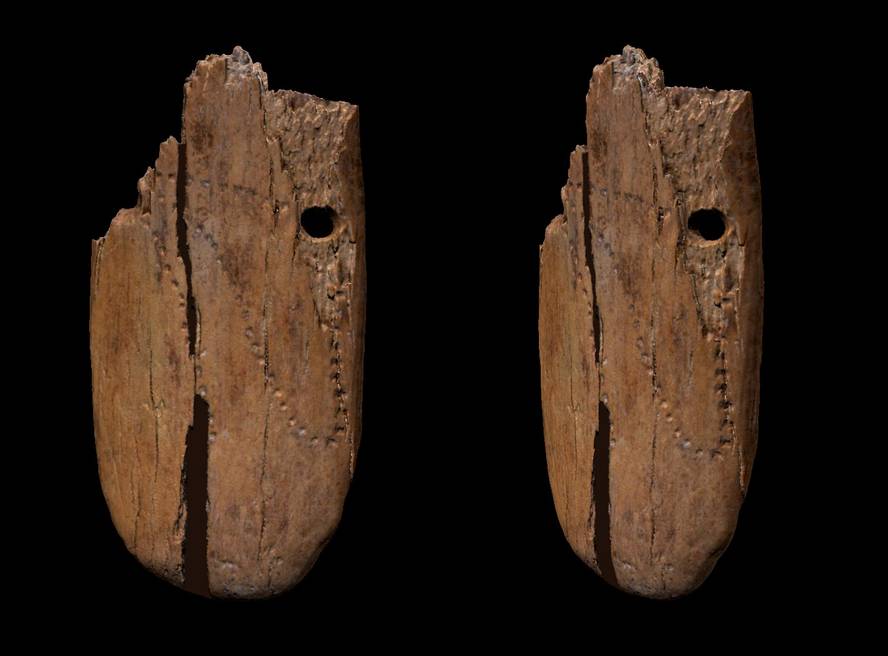Discover the oldest decorated jewel of Eurasia
A decorated pendant of mammoth chandeliers is the oldest jewel in Eurasia found so far. It was discovered in the cave of Stajnia, Poland, in 2010, along with an apparatus of equine bone, and, through direct dating the radiocarbon, they have calculated that it is between 42,000-37,000 years. According to the authors, it is the oldest decorated jewel known and related to the creation of symbolic thought and the expansion of Homo sapiens. The study has been published in Scientific Reports.
Researchers have explained that its appearance is oval and measures 4.5 cm long and 1.5 cm wide. It has two holes, one of them complete and decorated with dots. It's over 50 points that draw an irregular curve. Just in case, they've looked at whether brands were later made in an old mammoth chandelier. However, when they shaped the pendant and made the marks confirm that the boli was fresh. That is, it was decorated at the time when the data were defined.
It has been compared to other examples of portable art found in Eurasia and some hypotheses have been analyzed to clarify its meaning. In these cases it has been suggested that hunting could be a counting mark or a kind of calendar, based on the cycle of the moon or the sun, but it has not been ruled out that it is simply embellishment. In any case, it is an important piece to investigate the symbolism and the creation and diffusion of portable art.






